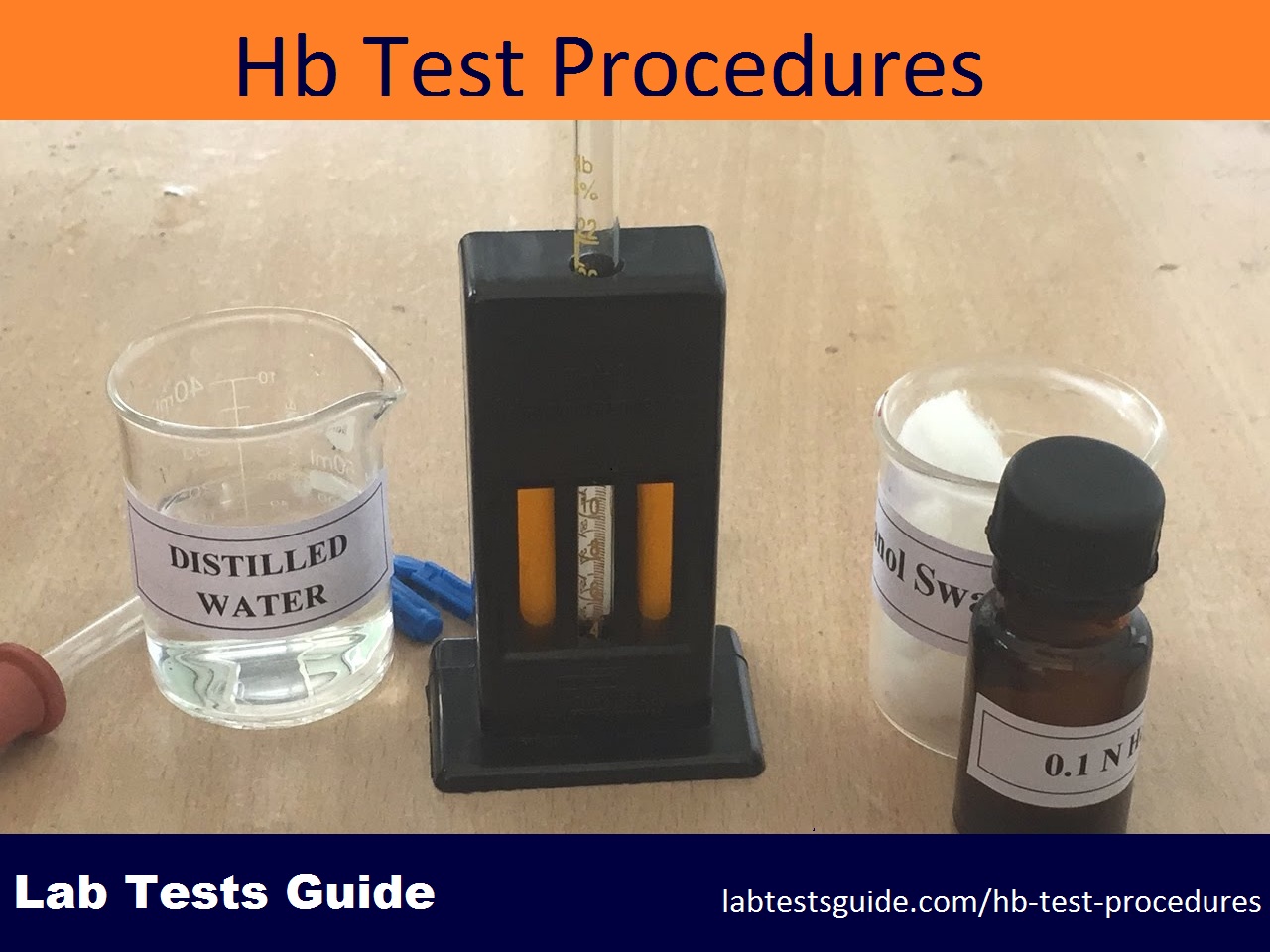
The role of technology in hemoglobin testing has opened the way for the creation of innovative devices and techniques for the quantification of hemoglobin concentration in patients.

The use of an automated hemoglobin analyzer, for example, has allowed fast, accurate and reliable results in the field of hematology. A hemoglobin test can be based on different techniques, including reagent-based and “reagent-free” methods, or a variety of non-invasive methods.
Hemoglobincyanide method (HiCN)
Using the principle of hemoglobin to cyanmethemoglobin conversion by adding ferricyanide and potassium cyanide, you can continue the HiCN method of measuring hemoglobin.
The advantages of this type of hemoglobin test is the availability of an internationally accepted standard reference calibrator.1 The HiCN method is still routinely used in clinics, especially in low-income countries; however, its time-consuming cyanide-dependent protocol gives it greater relevance as a reference method for POC hemoglobin devices and analyzer calibration. PROCEDURE >>
Sahli method
The Sahli hemoglobinometer is a manual device that contains a hemoglobin tube, a pipette and a stirrer, as well as a comparator. Hydrochloric acid converts hemoglobin into acidic hematine, which is then diluted until the color of the solution matches that of the comparator block.
The doctor can determine the hemoglobin concentration by reading from the calibration tube. Although this is one of the most common methods for estimating hemoglobin in developing countries and is relatively simple and economical, the results are not always accurate. For example, there is often interobserver variability, and it is also very prone to errors due to manual pipetting. PROCEDURE>>
Vanzetti Azide Methemoglobin
Conversion of hemoglobin through potassium ferricyanide to the stable color methemoglobin azide form that has an absorbance spectrum almost identical to HiCN, which represents the key characteristic of Vanzetti’s methemoglobin azide method.
A similar reagent used in the HiCN reference method is used, except that a sodium azide is replaced by potassium cyanide. This method of measuring hemoglobin shows high specificity and sensitivity.
Attention point hemoglobin (POC) measuring devices, such as HemoCue® 201 and EKF Hemo Control, work with a modification of the Vanzetti method.
First, blood is introduced into a dry reagent cuvette by capillary action. Second, the reagent destroys the walls of red blood cells. The free hemoglobin is then oxidized to a methemoglobin and finally converted to azide methemoglobin. The susceptibility of the reagent to moisture represents a challenge associated with this method.
Methods without reagents
Due to the limitations of reagent-based cuvettes, POC devices have been developed to offer “reagent-free” cuvettes. HemoCue® 301 was the first POC device to possess such a feature. This device quantifies the absorbance of oxygenated and deoxygenated hemoglobin, while turbidity is measured and compensated at 880 nm.
Currently, an EKF diagnostic company, DiaSpect represents a leader in new technology that measures hemoglobin without a reagent based on broad spectrum photometry. DiaSpect technology flashes a white LED light through a sample to a component of the optical sensor.
This sensor element identifies the absorbance of the blood over a wide wavelength range that will provide information on the general absorbance spectrum, resulting in greater specificity and less sensitivity to interference. Diaspect “reagent” cuvettes have an extended durability with a total lifespan of 2.5 years. Approximately one second of measurement time is another benefit of this type of device.
Non-invasive methods
With the availability of new technologies to detect the spectral pattern and hemoglobin concentration, non-invasive methods have been used more frequently, they were first introduced for monitoring during surgery and lately to provide hemoglobin stain controls in the primary care and blood donor qualification.
Some non-invasive devices use pulse oximetry, while others rely on white light and transmission data capture to measure hemoglobin concentrations in the capillaries of the tissues.
Occlusion spectroscopy is a non-invasive measurement technology that features a ring-shaped sensor that joins the subject’s finger.5 The sensor temporarily interrupts blood flow, initiating an optical signal that produces a high signal-to-noise ratio. This provides a measurement of hemoglobin concentration.
Hematology analyzer
An automatic hematology or hemoglobin analyzer is commonly used to provide high yields to analyze a variety of red and white blood cells, as well as hematocrit and hemoglobin levels in the blood sample. These analyzers offer a higher precision value in a fraction of the time compared to manual methods.
The initial cost of an automated analyzer is high and regular maintenance and the laboratory personnel needed for the device can increase costs. In addition, stable weather conditions are required, which makes it an inappropriate option for non-laboratory environments, such as mobile blood donor analysis sites and field anemia detection projects.
Related Articles:
RELATED POSTS
View all


